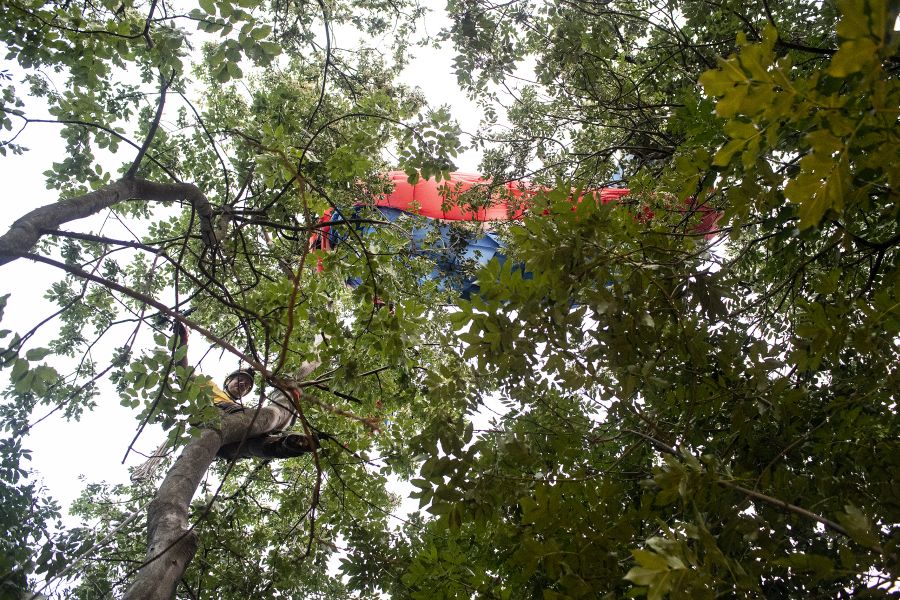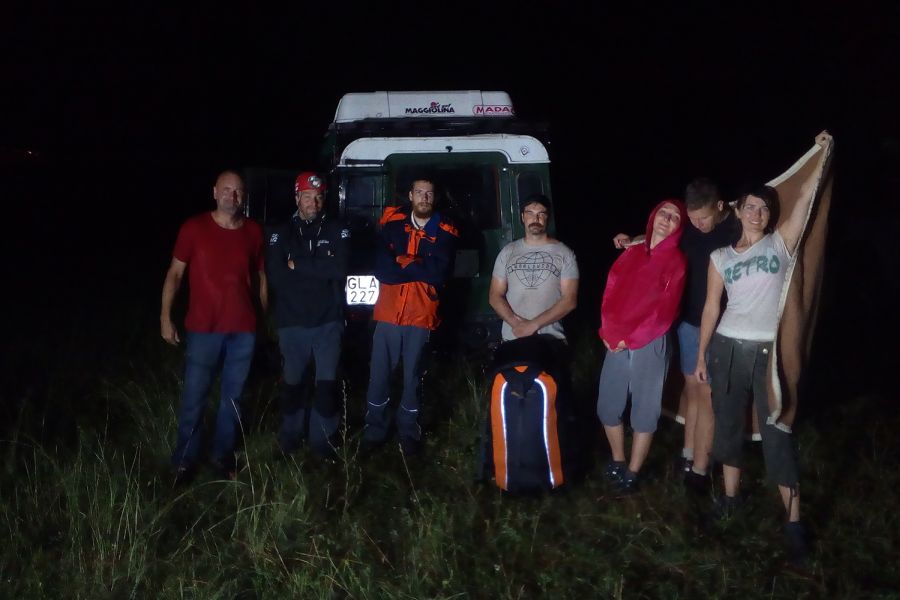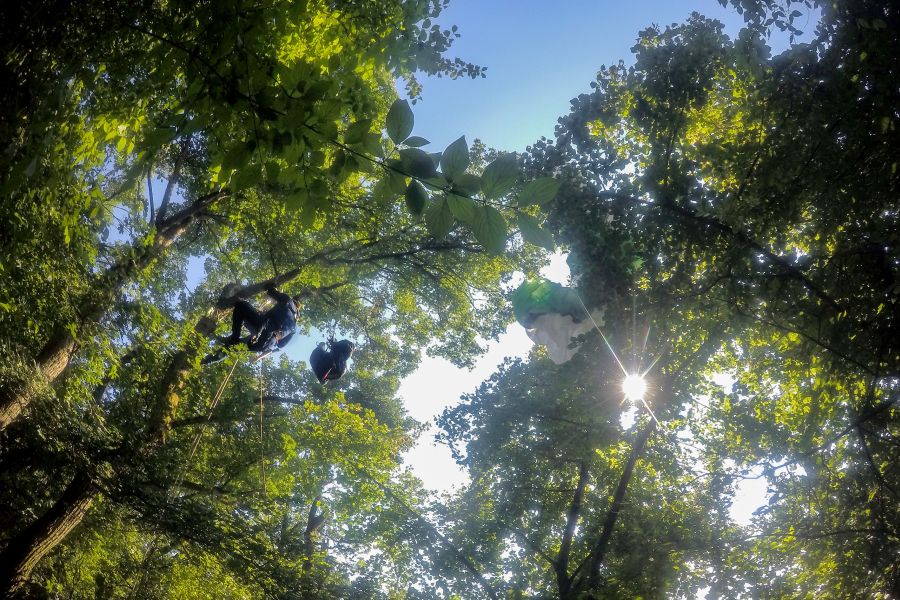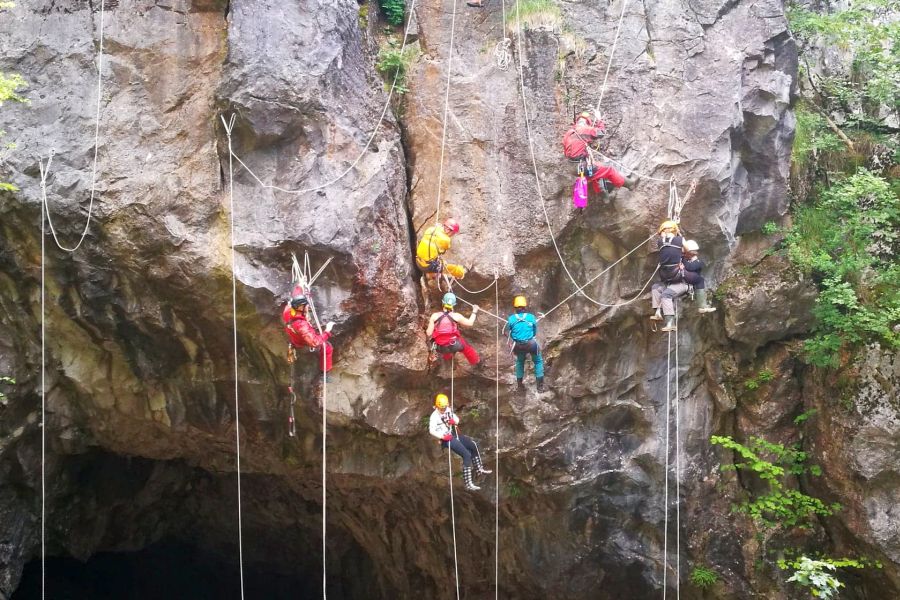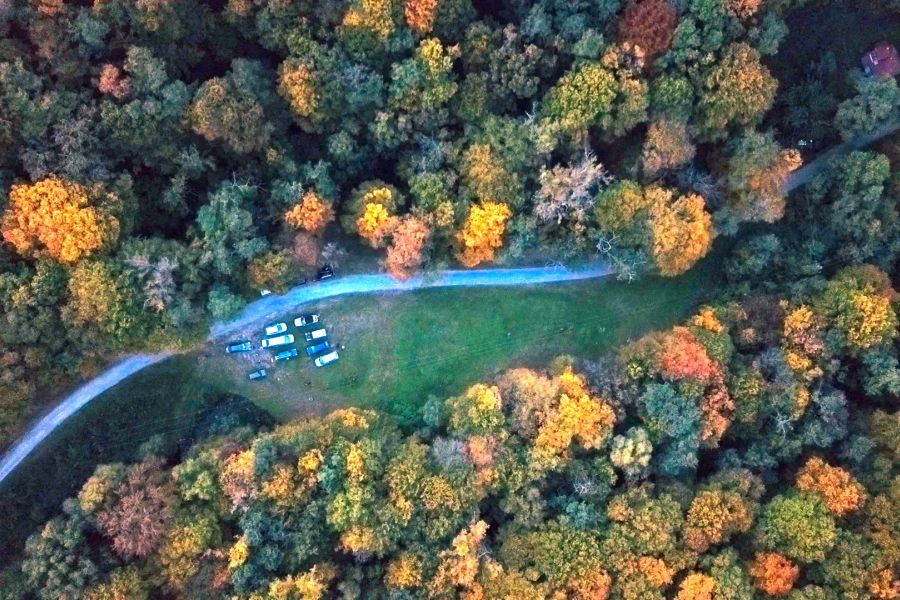 An alarm arrived a few minutes before 4pm on October 15, 2018, that a lady member of a couple had suffered an ankle injury while hiking, somewhere around the top of the gorge named Rám-szakadék. They could not determine their exact position, nor was the signal strength sufficient for proper communication. They indicated that they would definitely ask for a rescue because they could not continue their tour or move back with the injured leg.
An alarm arrived a few minutes before 4pm on October 15, 2018, that a lady member of a couple had suffered an ankle injury while hiking, somewhere around the top of the gorge named Rám-szakadék. They could not determine their exact position, nor was the signal strength sufficient for proper communication. They indicated that they would definitely ask for a rescue because they could not continue their tour or move back with the injured leg.
It could not be exactly determined whether they were close to the upper or lower endpoints. We issued the alert to the membership and went to the scene in two groups. Those who were in Northern Budapest (closer to the site) were directed to the site, who came from the south part, they went to the warehouse, where they collected equipment, and they continued to Dömös (a village near the lower end of the gorge).



